
Changes in using blog images
We recently wrote about a new stunt being pulled by photographers wherein images are being posted on photo sharing sites like Flickr.com with full creative commons licensing indicating that anyone can use them for free for commercial use or changed for use and then changing the permissions to all rights reserved.
Then, this small but growing group emails unsuspecting bloggers and informs the blogger they are in violation and are not within their rights to use the images. Sometimes threats of lawsuits are attached, other times there are heated emails with pointed questions and sometimes simple requests to remove the image. Sometimes it takes days, other times years, but when permissions change, bloggers can be confused when they get notifications.
How we at AGBeat are combating this problem
Because there is little precedent set in this matter, we have taken all precautions possible here at AG and created our own system that we wanted to share with you in an effort to help you safeguard your own website and play fair in a world of creative commons.
First, we only search for images in Flickr’s advanced search and only search within creative commons for commercial use and for attribution. This is the most extreme way to protect yourself and the images that result could technically even be used in your print marketing mailers (meaning no link, no credit, no royalties, no charge).
Here are all the boxes we select:
Secondly, in the WordPress back end, we type in the description the following and we do it there because it doesn’t show up in your article and is not seen by your readers:
Click to enlarge.

The above was written for this article using this Flickr image (so you can see how it looks live).
The description has several parts:
- “CC licensed image” which indicates the image being used was searched using only a Creative Commons filter (the first box selected in the advanced Flickr search).
- “for commercial use” is the second box selected meaning you have used the filter that allows you to use the image in advertising.
- “and adaptation” is the third box selected that means you’re allowed to edit the image (which we almost always do).
- “via Flickr.com” notes where we searched for the image because there are multiple places to achieve this.
- “as of 05.19.11” is the MOST important note we make. It notes when the search was performed so that if any photographer that claims they have “all rights reserved” on their images, you have consistent notes of when you searched in case they changed it to threaten you. If you do this for all images, you can show any judge your pattern of playing it safe.
- “(LR)” are my initials because several of us do image searches and edits and this is a signature of who performed the search which is good if you have multiple team members writing.
There is no fool proof way because this is a new problem, but keeping a paper trail is the best way to avoid the headache of the threatening emails. Above all, remember to be fair to photographers and don’t steal their work, only use images that are legal and free.
The above is an opinion, not legal advice.
Lani is the COO and News Director at The American Genius, has co-authored a book, co-founded BASHH, Austin Digital Jobs, Remote Digital Jobs, and is a seasoned business writer and editorialist with a penchant for the irreverent.




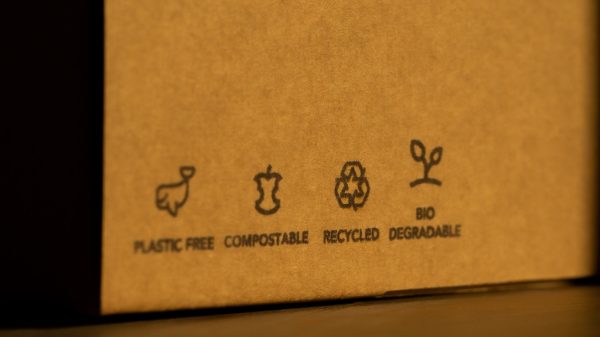
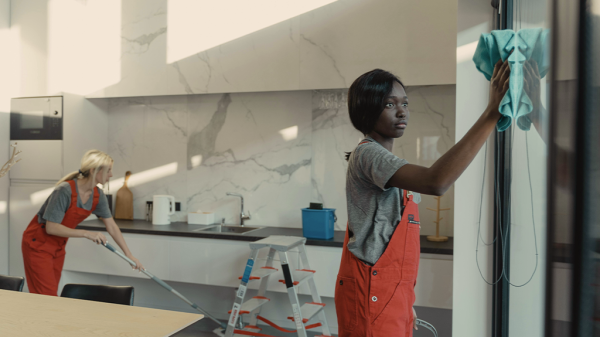


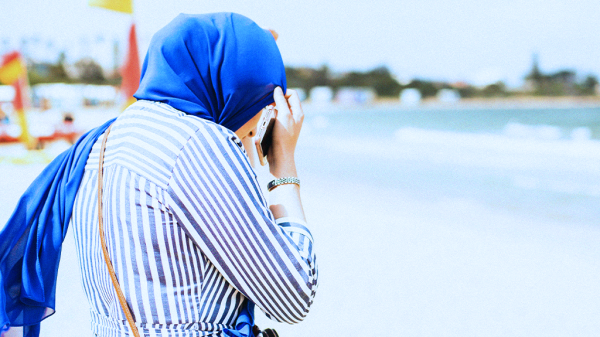
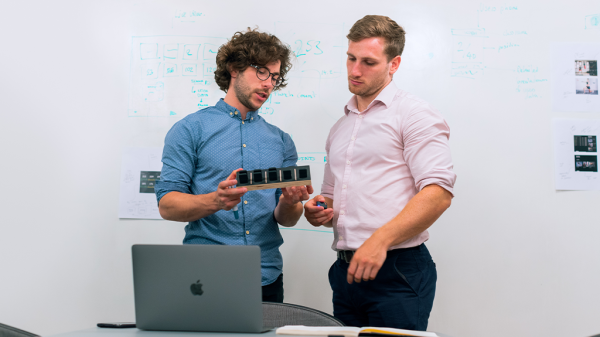

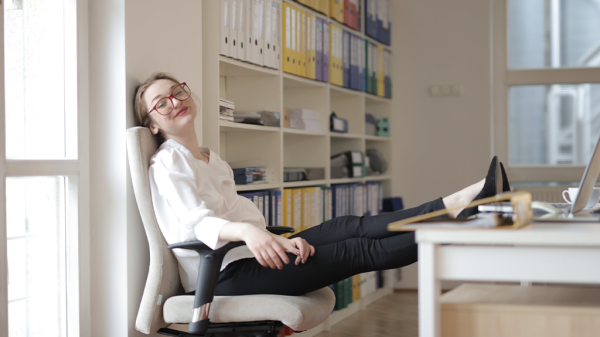
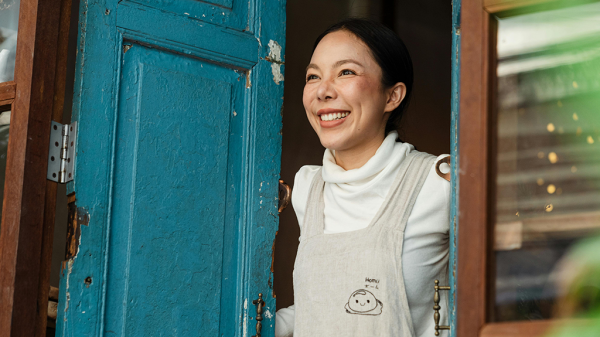
















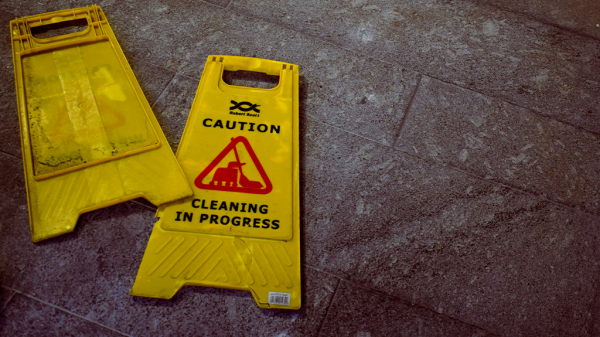











Vinit
May 21, 2011 at 1:47 am
Pictures of the object, owned by advertiser must be protected. Spam use of images must be discouraged. If an image is allowed to be uploaded on one single server and only one image 'URL' is allowed to be used that is its address, it would be difficult for people to make its double use or spam use.
Legally and simple only one upload per image and multi-use of the address of the image that is 'image URL' is what I think should be allowed. – Vinit
Tina merritt
May 21, 2011 at 5:29 am
Great tips lani! I also take a screenshot of the image source to protect myself.
Jay -- Arlington
May 21, 2011 at 7:27 am
Thanks so much for the information and tips…. will try this weekend.
Coleen DeGroff
May 21, 2011 at 7:59 am
Lani – great article! I get my images from iclipart.com so I haven't run into this – or have you heard of this happening with iclipart photos as well?
Susan Milner
May 21, 2011 at 8:21 am
OT but I'm still amazed by how many think just because they find something on 'google search' that they can use it. People are either clueless or just don't care. I find my photos on other sites all of the time 🙁
Benn Rosales
May 21, 2011 at 9:33 am
The reason it is better to take the second to document within the description is when the image is found again in Google from your site, the license data will populate with the image should someone else choose to use it. The problem often stems after it's been used the first time, and then 'reused' by someone who doesn't know any better.
Jason Fox
May 21, 2011 at 12:30 pm
I am consistently impressed with the relevance of your posts. I like this one. As a Social Media Marketing Manager I have long been in need of images, a great image is priceless. I started using istockphoto.com but this gets pricy fast. There are a couple similar services that offer a small selection of lower quality images free, dreamtime.com. I have felt like Flick'r is to good to be true, that if an images started to become "poplular" the artist would want compensation. But you present a great tip for keeping yourself safe.
Ben Fisher
May 21, 2011 at 1:23 pm
This is great information thank you! I was actually wondering this same thing about the photo you used the other day.
Jeremy Blanton
May 23, 2011 at 9:21 am
Good Stuff Lani,
One of the things we are doing on a project I am currently working on is that at the bottom of the post we put a link directly to the image we were using. We also add with it whether it is CC 2.0 or 3.0. Like you, I've told my bloggers to check all the boxes & only search those types of images.
Unfortunately, the only foolproof ways is to either purchase images, or take them yourself though 🙁
Lani Rosales
May 23, 2011 at 10:01 am
Of course linking is necessary- we link all images directly to the Flickr URL. 🙂
Randy Pereira
May 24, 2011 at 10:42 am
This is an excellent post! Learn something new everyday… thank you.
Missy Caulk
May 25, 2011 at 12:20 pm
Great suggestions Lani, what I have been doing, which I guess is old school is once a take a photo, I send myself the link and save it, in case I am ever questioned. Of course you told me how to search a long time ago, but this takes it one step further for WP
Andrew Mooers
May 27, 2011 at 11:22 am
Point, shoot and capture lots of local images from around the state, community in all four seasons. Get a pro flickr account and stock the shelves with your own imagery!